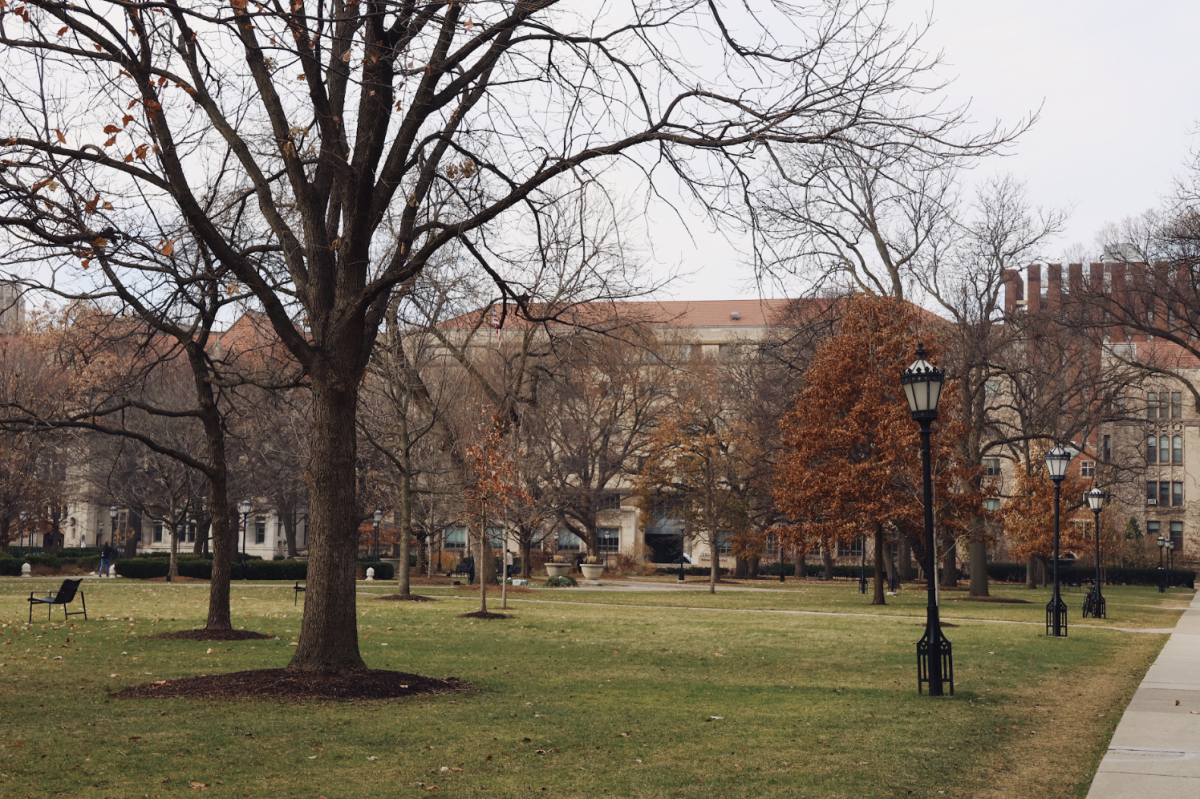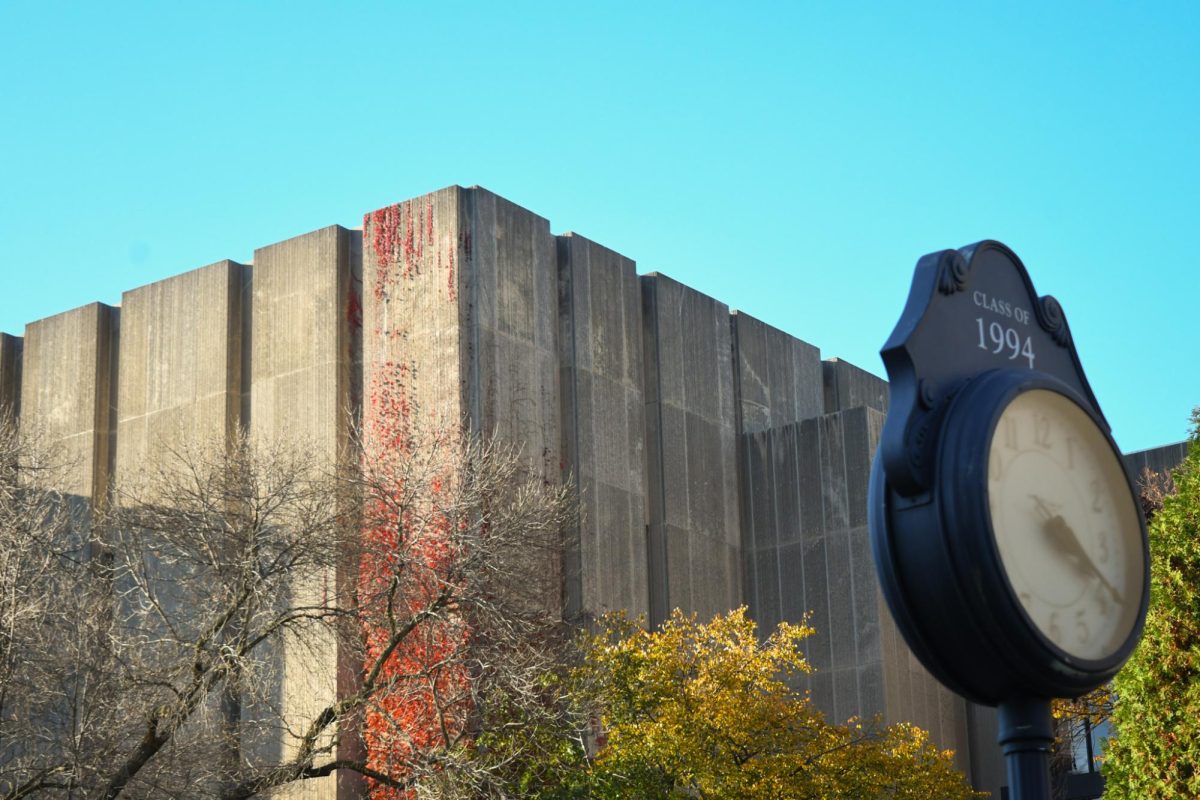Regardless of whether it was ever desirable, it is no longer possible for anyone on campus to ignore the demands of campus workers. Since the quarter began, every awkward U of C student who looks at his feet while walking to the Reg has experienced a barrage of informative chalking on the wage contract negotiations. In this past week, Students Organizing United with Labor (SOUL) has literally upped its advertising campaign to eye level, with a multitude of paper 4s gracing campus trees. These 4s, as most of you know, represent the campus workers’ demand for a four-percent annual increase in their wage contract to offset the rising cost of living and keep their real wage—the amount they earn after inflation has been factored in—at par.
This argument seems morally justified—it is irresponsible for an employer to implicitly deny that its employees spend their paychecks in an inflationary economy. However, the numbers tell a different story. In particular, the data suggest that the cost of living has been rising at a rate much lower than four percent, and in the wake of this knowledge, our campus trees—as well as the workers’ demands—are in need of a makeover.
The Bureau of Labor Statistics, a federal agency within the Department of Labor, calculates the Consumer Price Index (CPI) each month to track changes in the cost of living. This data is collected by the Department of Labor precisely because labor leaders need data on the price level to back their demands for wage increases. But in the present case, it seems that labor leaders neglected to properly consult the numbers. The CPI grew at an average annual rate of 2.53 percent in the 12 months ending in October 2007. Inflation measured by the Core CPI—so named because it excludes energy and food, the two most volatile components of the price level—was at 2.37 percent, well below the Union’s 4-percent mark. Both of these numbers, you will note, are below the University’s three percent offer.
The discrepancy between this data and the numbers provided by SOUL owes to the manner in which they are calculated. While both sets of numbers come from the same source, SOUL’s data simply measure the jump from 12 months ago until now, which leaves it vulnerable to huge fluctuations in any given month. For example, from October of last year to October 2007, inflation grew 4.7 percent, but from from January to January it was less than 1 percent. It is far more accurate to average each of the monthly totals over a 12-month span.
When questioning SOUL members about the accuracy of the four percent, they insist that the cost of living in Chicago is rising faster than in the rest of the nation. This is also untrue: Headline CPI for the Chicago-Gary-Kenosha area grew at a 2.54-percent average annual rate, and Core CPI for the area estimated the inflation rate at just 1.95 percent.
It is fair to note that inflation may be higher in nearby communities—in Bronzeville, Kenwood, and Woodlawn—than in the rest of Chicago. It may. Then again, it may not. There is no way to ascertain the veracity of such claims.
Anecdotal evidence—my own increasing rent costs, or the outrageous cost of a haircut at my neighborhood barber—cannot lead me to conclude that the cost of living is rising at any certain rate. Suppose I do think that the neighborhoods inhabited by campus workers are experiencing an inflation rate higher than the Chicago average of 1.95 percent. Well, how high is it? What about three percent (as the University is offering)? Shall I say five percent? Why not 10 percent? After all, a haircut used to cost $12, and now it costs $14: That’s a 17-percent increase!
Our school prides itself on challenging seemingly sound arguments that are built on faulty or weak premises. Calling for a four-percent pay raise on the basis of increases in the cost of living is not a sound argument: There are no data to back this number, and in fact all available numerical data suggest a number below the University’s offer of three percent.
This does not mean that campus workers do not deserve a four-percent increase in their wage contract, perhaps based on some other rationale—the high pay of administrators, the relatively small $200,000 difference a workers raise would cost, and pay raises at peer institutions have all been mentioned. These justifications can still be offered, and though they may be less potent than the emotional appeal of cutting workers’ wages, they are also much less susceptible to attack, being rooted in opinions of justice rather than verifiable economic data.
Andrew Fischer Lees is a fourth-year in the College majoring in economics.









